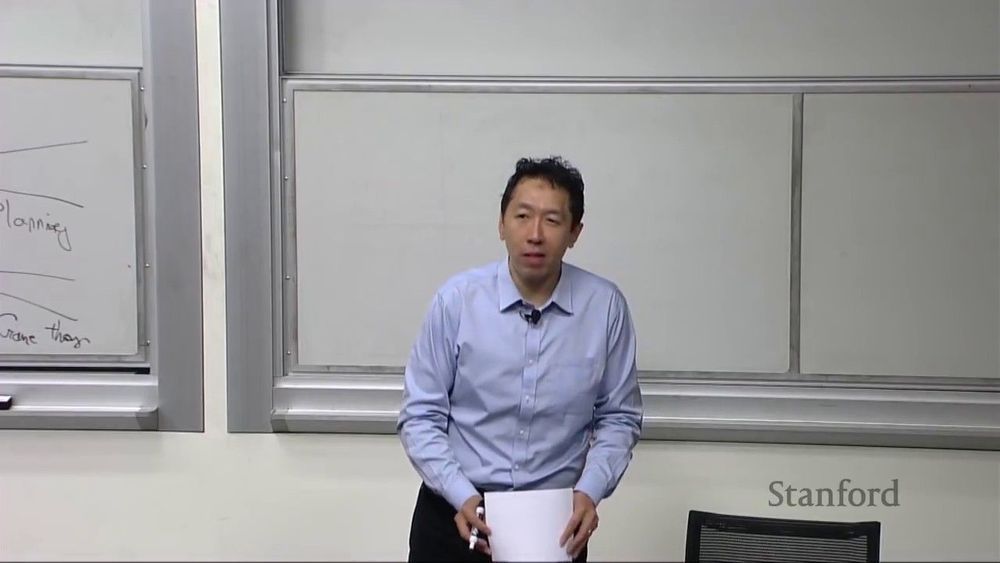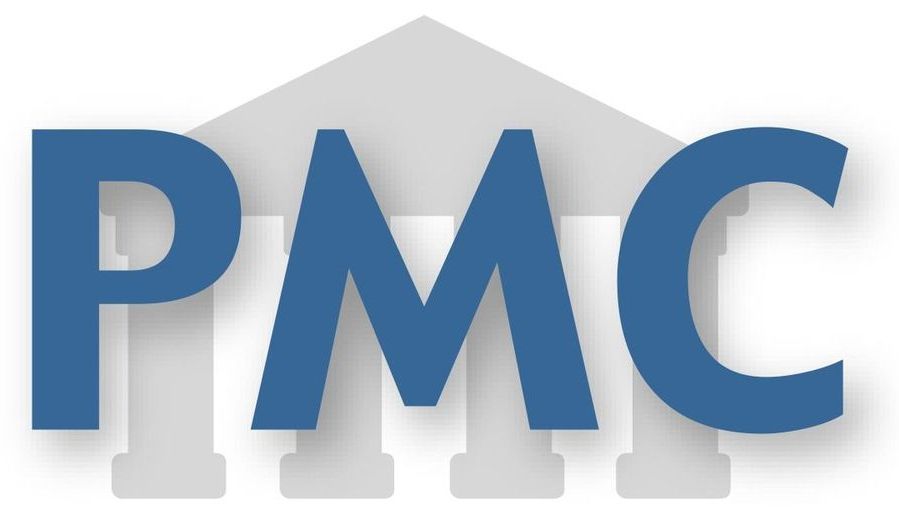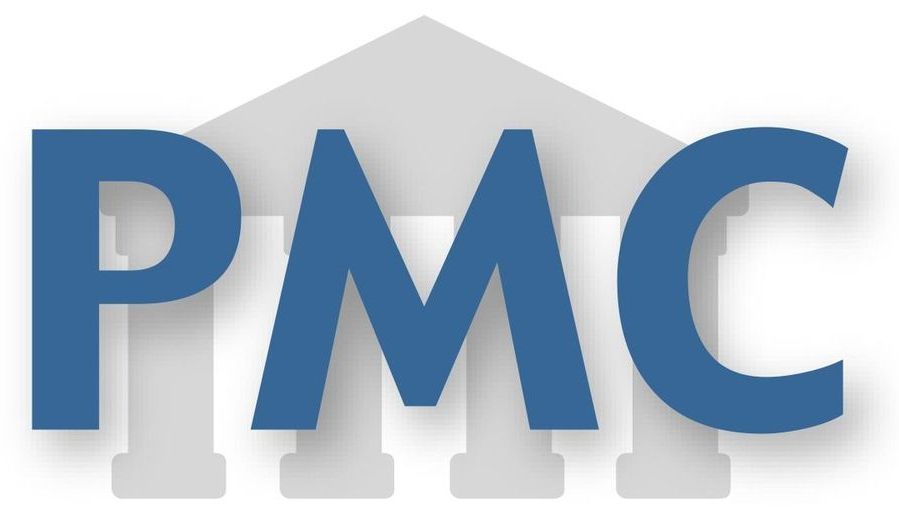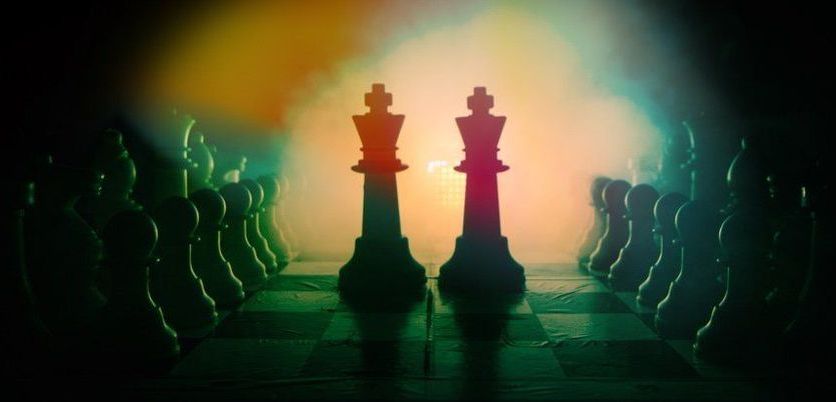Page 7932
Jan 23, 2020
Students calculate how to build Star Trek photon torpedoes
Posted by Quinn Sena in categories: military, physics
Circa 2016
Physics students at the University of Leicester have boldly gone where no student has gone before – by calculating one way to potentially build photon torpedoes seen in the Star Trek universe.
Announced to coincide with the release of Star Trek: Beyond, which opens in UK and US cinemas on 22 July, the students’ findings suggest that in order to function correctly, a photon torpedo could be made out of heavy metals such as lead or uranium, as metals with fewer protons would not have the necessary cascade length.
The students presented their findings in a short article for the Journal of Physics Special Topics, a peer-reviewed student journal run by the University’s Department of Physics and Astronomy. The student-run journal is designed to give students practical experience of writing, editing, publishing and reviewing scientific papers.
Circa 2002
This paper proposes a new concept for generating controlled, high-flux pulses of neutrinos. Laser-induced generation of relativistic protons, followed by pion production and decay, provides the neutrino source. By conservative estimate, the source will yield nanosecond-range pulses of muon–neutrinos, with fluxes of ~1019 νμ s−1 sr−1 and energies of ~20 MeV or higher. Concept feasibility depends upon further progress in high-intensity lasers; the process assumes a driving laser with pulse energy ~8 kJ, providing an irradiance of ~9 × 1022 W cm−2. The study of the KARMEN time anomaly and neutrino oscillations would be the possible applications of the source.
Export citation and abstract BibTeX RIS.
Jan 23, 2020
Genome Sequencing and Analysis of the Tasmanian Devil and Its Transmissible Cancer
Posted by Quinn Sena in categories: biotech/medical, evolution, genetics
The Tasmanian devil (Sarcophilus harrisii), the largest marsupial carnivore, is endangered due to a transmissible facial cancer spread by direct transfer of living cancer cells through biting. Here we describe the sequencing, assembly, and annotation of the Tasmanian devil genome and whole-genome sequences for two geographically distant subclones of the cancer. Genomic analysis suggests that the cancer first arose from a female Tasmanian devil and that the clone has subsequently genetically diverged during its spread across Tasmania. The devil cancer genome contains more than 17,000 somatic base substitution mutations and bears the imprint of a distinct mutational process. Genotyping of somatic mutations in 104 geographically and temporally distributed Tasmanian devil tumors reveals the pattern of evolution and spread of this parasitic clonal lineage, with evidence of a selective sweep in one geographical area and persistence of parallel lineages in other populations.
Jan 23, 2020
Two mutations triggered an evolutionary leap 500 million years ago
Posted by Quinn Sena in categories: biotech/medical, evolution, genetics, time travel
Circa 2013
In a feat of “molecular time travel,” the researchers resurrected and analyzed the functions of the ancestors of genes that play key roles in modern human reproduction, development, immunity and cancer. By re-creating the same DNA changes that occurred during those genes’ ancient history, the team showed that two mutations set the stage for hormones like estrogen, testosterone and cortisol to take on their crucial present-day roles.
“Changes in just two letters of the genetic code in our deep evolutionary past caused a massive shift in the function of one protein and set in motion the evolution of our present-day hormonal and reproductive systems,” said Joe Thornton, PhD, professor of human genetics and ecology & evolution at the University of Chicago, who led the study.
“If those two mutations had not happened, our bodies today would have to use different mechanisms to regulate pregnancy, libido, the response to stress, kidney function, inflammation, and the development of male and female characteristics at puberty,” Thornton said.
Jan 23, 2020
How cancer shapes evolution, and how evolution shapes cancer
Posted by Quinn Sena in categories: biotech/medical, evolution, genetics, life extension
Circa 2011 essentially cancer could help with evolution as it can challenge the immune system to be more strong. Essentially a symbiotic relationship to evolve with it and grow stronger with it then like it can be used as a good thing to make sure that evolution has stronger genetic code.
Evolutionary theories are critical for understanding cancer development at the level of species as well as at the level of cells and tissues, and for developing effective therapies. Animals have evolved potent tumor suppressive mechanisms to prevent cancer development. These mechanisms were initially necessary for the evolution of multi-cellular organisms, and became even more important as animals evolved large bodies and long lives. Indeed, the development and architecture of our tissues were evolutionarily constrained by the need to limit cancer. Cancer development within an individual is also an evolutionary process, which in many respects mirrors species evolution. Species evolve by mutation and selection acting on individuals in a population; tumors evolve by mutation and selection acting on cells in a tissue. The processes of mutation and selection are integral to the evolution of cancer at every step of multistage carcinogenesis, from tumor genesis to metastasis. Factors associated with cancer development, such as aging and carcinogens, have been shown to promote cancer evolution by impacting both mutation and selection processes. While there are therapies that can decimate a cancer cell population, unfortunately, cancers can also evolve resistance to these therapies, leading to the resurgence of treatment-refractory disease. Understanding cancer from an evolutionary perspective can allow us to appreciate better why cancers predominantly occur in the elderly, and why other conditions, from radiation exposure to smoking, are associated with increased cancers. Importantly, the application of evolutionary theory to cancer should engender new treatment strategies that could better control this dreaded disease.
We expect that the public generally views evolutionary biology as a science about the past, with stodgy old professors examining dusty fossils in poorly lit museum basements. Evolution must certainly be a field well-separated from modern medicine and biomedical research, right? If the public makes a connection between evolution and medicine, it is typically in the example of bacteria acquiring antibiotic resistance. But what does evolution have to do with afflictions like heart disease, obesity, and cancer? As it turns out, these diseases are intricately tied to our evolutionary histories, and understanding evolution is essential for preventing, managing and treating these diseases (1, 2). This review will focus on cancer: how evolutionary theories can be used to understand cancer development at the level of species as well as at the level of cells and tissues. We will also discuss the implications and benefits of an evolutionary perspective towards cancer prevention and therapies.
Continue reading “How cancer shapes evolution, and how evolution shapes cancer” »
Jan 23, 2020
In Just 4 Hours, Google’s AI Mastered All The Chess Knowledge in History
Posted by Quinn Sena in categories: entertainment, robotics/AI
Circa 2017
Chess isn’t an easy game, by human standards. But for an artificial intelligence powered by a formidable, almost alien mindset, the trivial diversion can be mastered in a few spare hours.
In a new paper, Google researchers detail how their latest AI evolution, AlphaZero, developed “superhuman performance” in chess, taking just four hours to learn the rules before obliterating the world champion chess program, Stockfish.
Continue reading “In Just 4 Hours, Google’s AI Mastered All The Chess Knowledge in History” »
Jan 23, 2020
AlphaGo Zero: Google DeepMind supercomputer learns 3,000 years of human knowledge in 40 days
Posted by Quinn Sena in categories: robotics/AI, supercomputing
Circa 2017
Thousands of years of human knowledge has been learned and surpassed by the world’s smartest computer in just 40 days, a breakthrough hailed as one of the greatest advances ever in artificial intelligence.
Google DeepMind amazed the world last year when its AI programme AlphaGo beat world champion Lee Sedol at Go, an ancient and complex game of strategy and intuition which many believed could never be cracked by a machine.
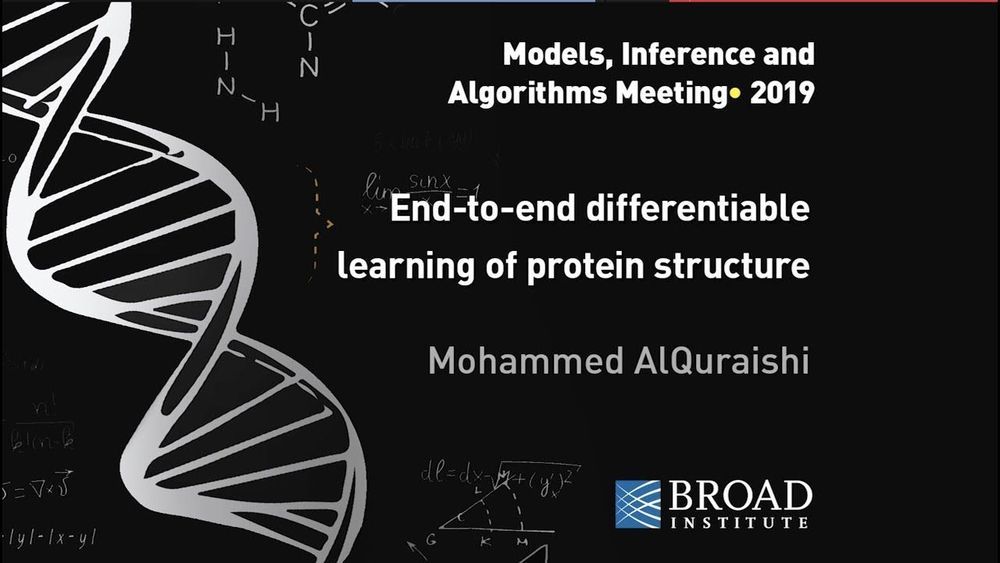
Proteins function by folding into myriad, precise 3D structures. Image: Mohammed AlQuraishi.
Jan 23, 2020
This 22-part plan is how we can feed the world by 2050
Posted by Quinn Sena in category: food
We need to slash emissions from agriculture while at the same time feeding billions more people. It’s a difficult task, but there’s a path forward to make it work.
[Photo: Jevtic/iStock]
